Slo Disease In Dogs
Slo disease in dogs. The dogs experience pain in the acute phase of the disease. Symptoms of Lupoid Onychodystrophy in Dogs Symptoms of lupoid onychodystrophy can include progressive shedding of the nails over multiple weeks or even months. This means that the.
Symmetrical lupoid onychodystrophy SLO has also been called canine symmetrical onychomadesis and symmetric lupoid onychitis. Histological findings include a cell-rich interface type of dermatitis. There is also pain associated with this problem and paronychia.
Thats when she first realized that finding one of her Pug-Poodle mixs nails on the floor of her Sherman Oaks California apartment wasnt an isolated incident. The highest incidence is found in young adult to middle-aged dogs. The dogs experience pain in the acute phase of the disease.
German Shepherds appear predisposed. Onset is typically acute with one or two claws initially being affected. SLO is an autoimmune disease which affects the toenails.
Symmetrical onychomadesis also diminishes the dogs hunting abilities and welfare through the lack of functional claws 1. When affected nails emerge they are misshapen and can also be hollow soft or brittle or discolored. GSDs Rottweilers Standard Schnauzers Bearded Collies Greyhounds and many other breeds.
Onset is typically acute with one or two claws initially being affected. Symmetrical onychomadesis also diminishes the dogs hunting abilities and welfare through the lack of functional claws. A disease called Symmetrical Lupoid Onychodystrophy SLO which is an immune-mediated disease with suspected autoimmune etiology causes the claw problems that were analyzed.
SLO is the most common immune-mediated disease that results in abnormal claws and eventual claw loss. In dogs with SLO damage takes place at the root level about three to four months before the nail becomes visible.
Fortunately there are different treatment options for autoimmune skin diseases and as primary SLO is not life threatening the most popular treatment seems to be a combination of Tetracycline or Doxycycline with Niacinamide Vitamin B3.
Symptoms of Lupoid Onychodystrophy in Dogs Symptoms of lupoid onychodystrophy can include progressive shedding of the nails over multiple weeks or even months. SLO is an autoimmune disease of dogs which can cause severe claw problems in otherwise apparently healthy dogs. GSDs Rottweilers Standard Schnauzers Bearded Collies Greyhounds and many other breeds. In dogs with SLO damage takes place at the root level about three to four months before the nail becomes visible. Histological findings include a cell-rich interface type of dermatitis. Symptoms of Lupoid Onychodystrophy in Dogs Symptoms of lupoid onychodystrophy can include progressive shedding of the nails over multiple weeks or even months. There is usually an acute onset of nail loss. German Shepherds appear predisposed. The dogs experience pain in the acute phase of the disease.
Symmetrical lupoid onychodystrophy SLO has also been called canine symmetrical onychomadesis and symmetric lupoid onychitis. In dogs with SLO damage takes place at the root level about three to four months before the nail becomes visible. Symmetrical onychomadesis also diminishes the dogs hunting abilities and welfare through the lack of functional claws 1. This means that the. SLO occurs when the dogs body forms antibodies against their own toenails its like the body launches its own private war which destroys the dogs nails. Previously symmetrical onychomadesis was named canine symmetrical lupoid onychodystrophy SLO and was first described by Scott et al. Onset is typically acute with one or two claws initially being affected.
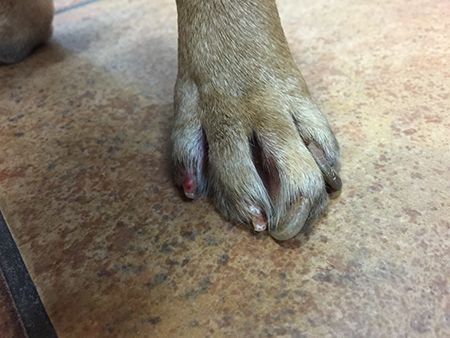





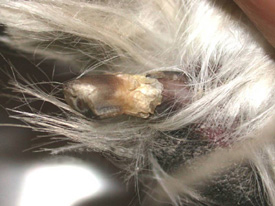


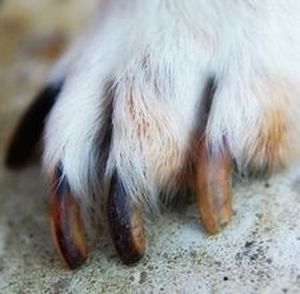
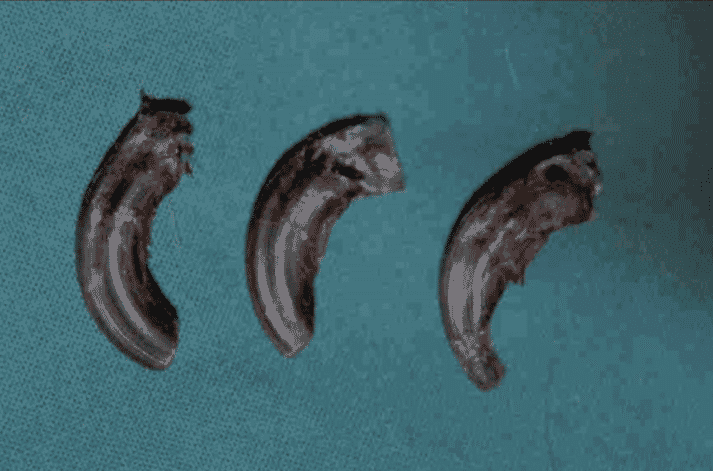
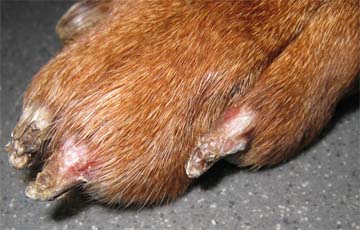


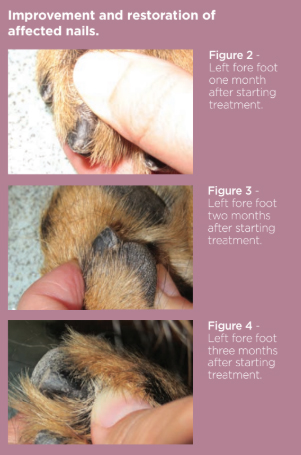

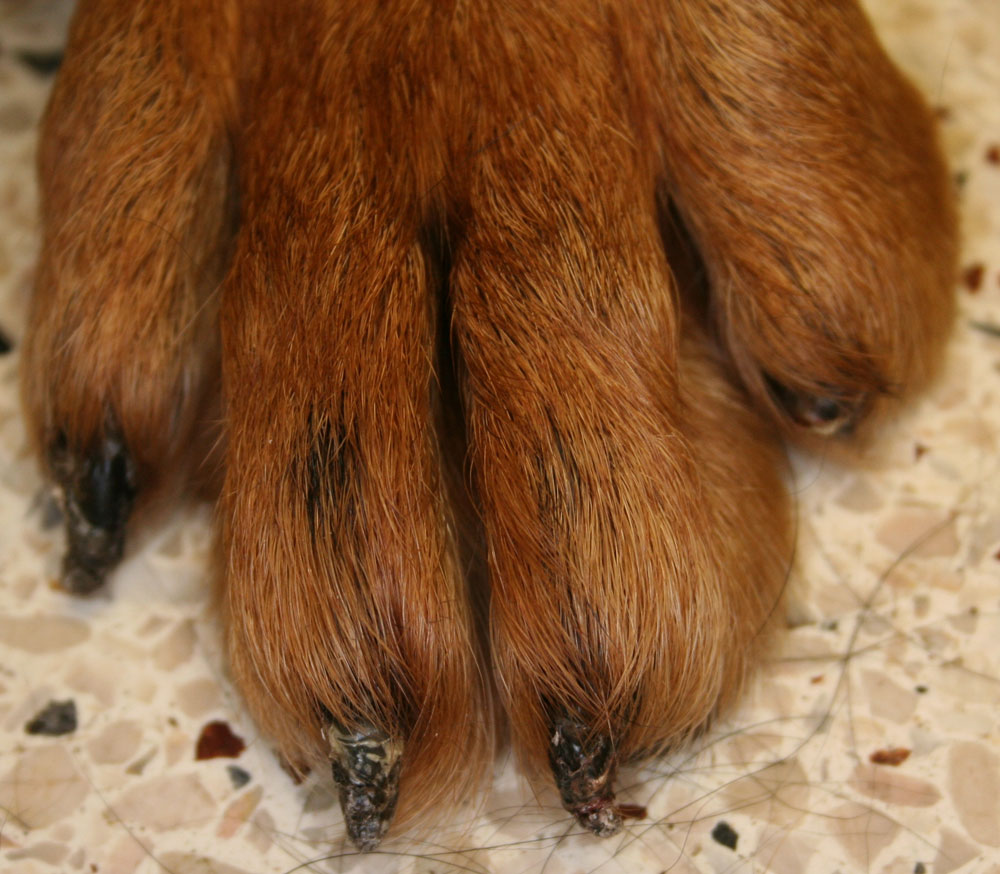
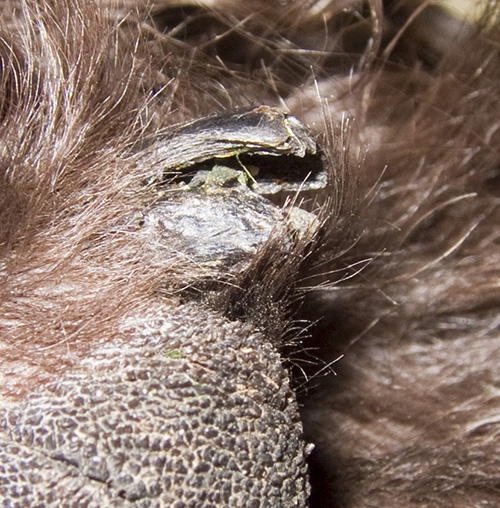



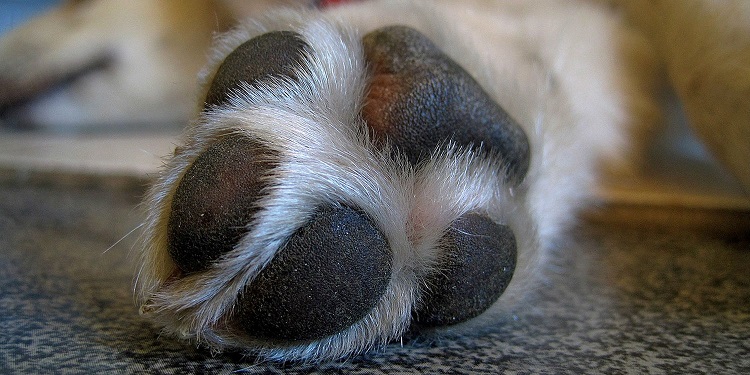
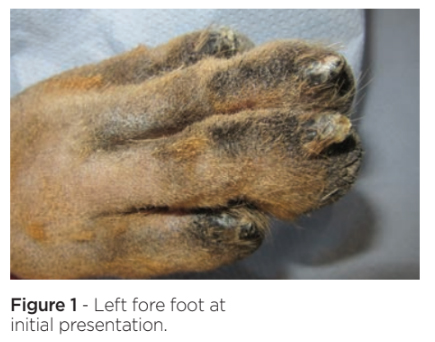

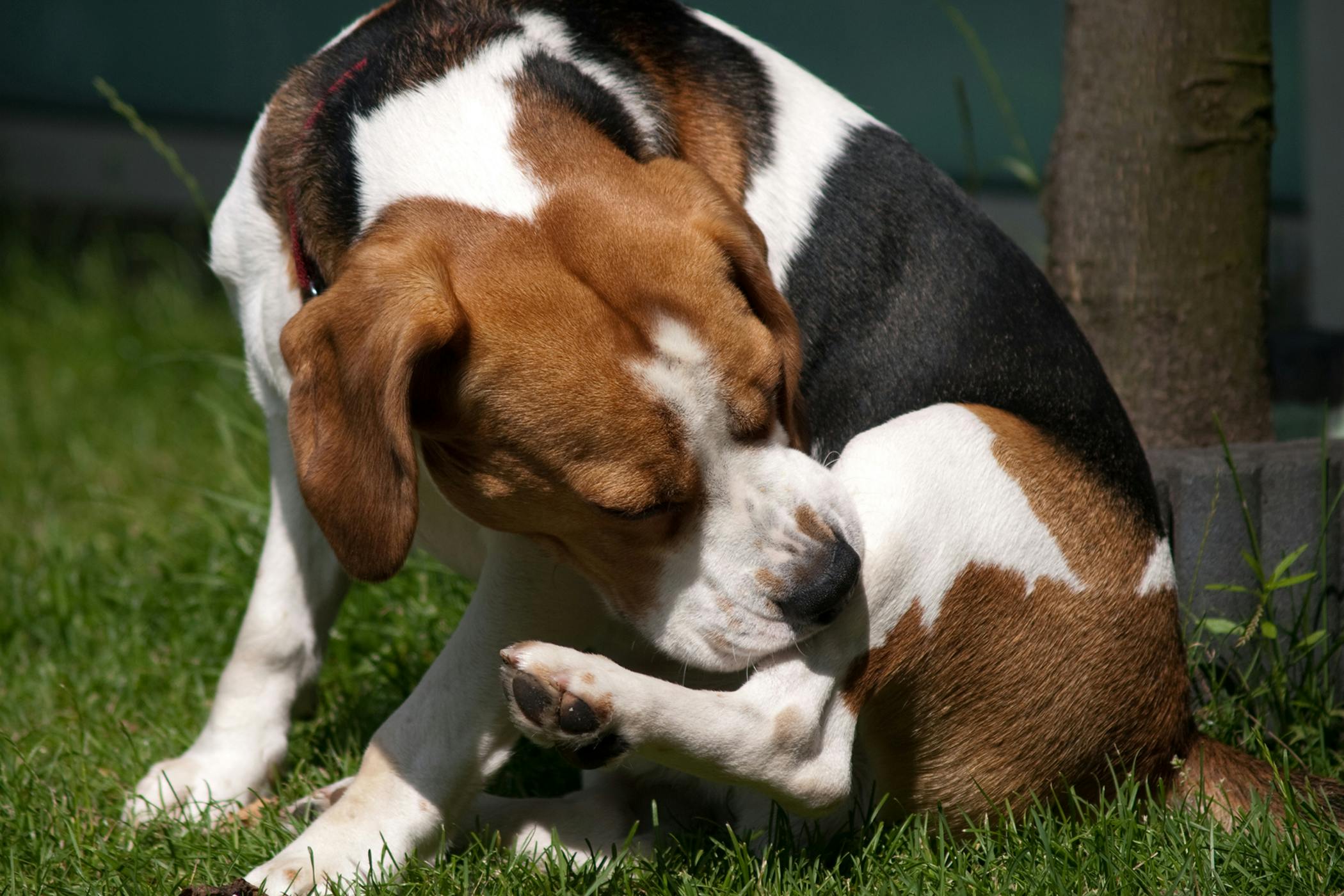


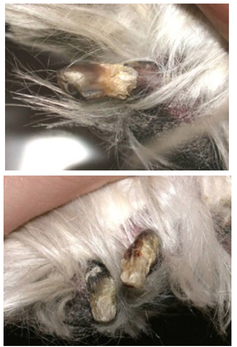
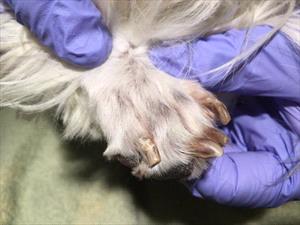





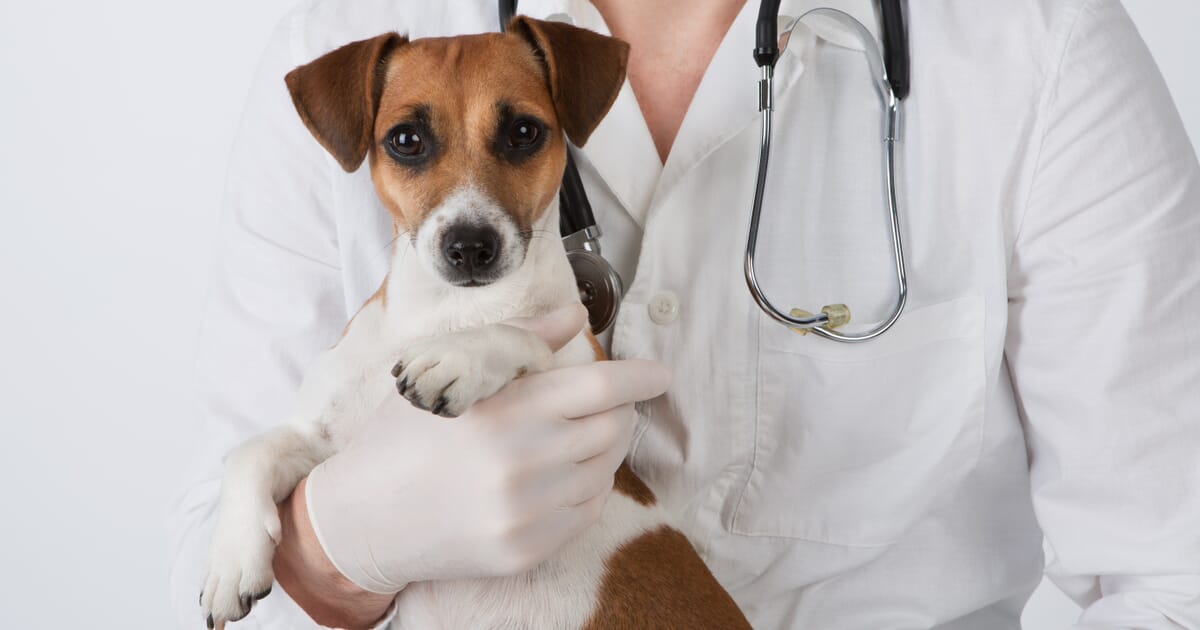


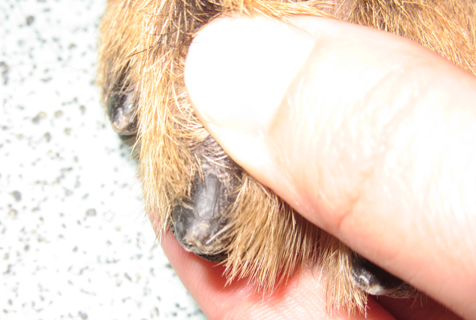

Post a Comment for "Slo Disease In Dogs"